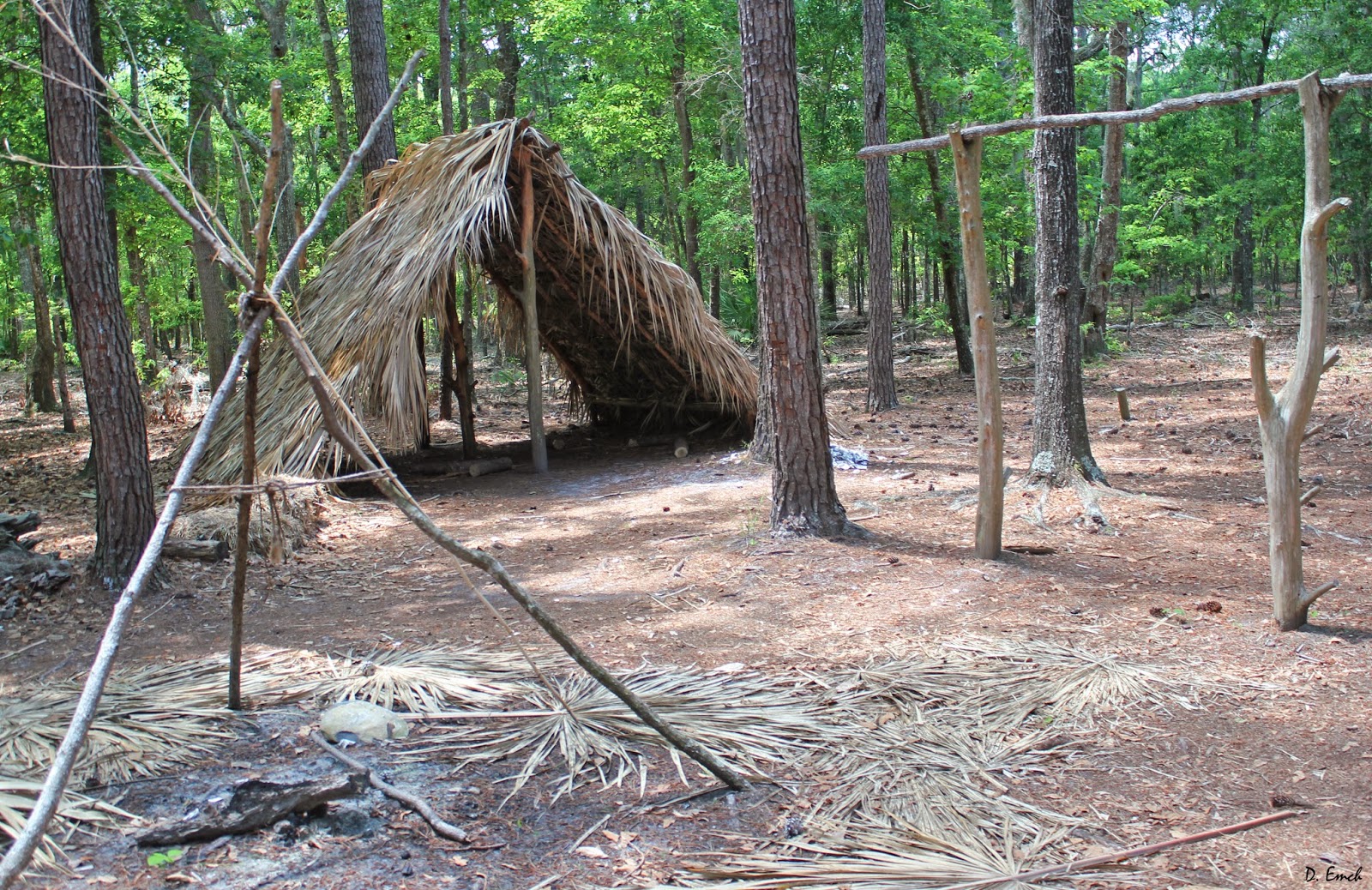Wormsloe Plantation; Isle of Hope Ga
When James Oglethorpe brought the first settlers to Georgia in 1733, there were 39 families which totaled 128 people. Malaria, yellow fever, wars, accidents and other incidents took a heavy toll on the first folks in. Twenty years later, only one of the original families was left. This was the family of Noble Jones, who leased 500 acres in 1736 and named it Wormslow after their home town in Great Britain. (In the 1800's the name was changed to Wormsloe for some reason.)
Noble was just a carpenter in England, but when he came to the colony he became surveyor, Indian agent, in charge of the fresh water supply, constable, council member, judge - and when the doctor died he took over the duties as physician too. Along the way he was sent up the Savannah River to lay out and survey the beginnings of the city of Augusta as well. Well, a few years after the colony was started some British agents came to town and were trying to figure out why some folks were getting almost nothing done. They blamed it on Noble, saying he was too slow surveying and they couldn't build their houses or plant their crops until he surveyed their land. In the ensuing dispute, Jones ended up walking away from the colony and paying attention to his leased land. And he turned it into the first successful plantation in Georgia. And he built and operated it without slave labor - slavery was outlawed in Georgia until years later.
An interesting character visited the colony in 1736. Philip Von Reck, a reasonably good artist visited and drew pictures of the colony and wildlife that he found. Notice in his picture of the voyage over he showed massive icebergs. I guess a route swinging well to the north was the most efficient at that time.
Here is what Reck viewed the Indian's life as.
And remember River Street with its huge drop off? The buildings that are 5 stories on the river side and 1 story on the town side?
Remember the treacherous stairways built out of ballast stones from ships?
Well here are Reck's "aerial" views of life in Savannah a few years after it was founded. You can see that much progress had been made in the three years after the settlers first landed.
If you look close at this one, you can see the beginning of the layout that allowed for the squares and the blocks of civic buildings interspersed with the residences. Also notice how each residence had a walled in garden.
So here are the oldest existing modern day ruins in the state of Georgia. This house was completed in 1745. Among other crops, Noble grew indigo, rice, figs, pomegranate, oranges and even tried cultivating silk worms here.
A pleasant trail leads about 4 miles from the museum past the ruins and through the forest. There are a number of little things you happen upon. This is a wildlife observation deck.
Bridges lead through marsh areas.
Along the way you come across a replica of a 1700's blacksmith shop, complete with the bellows that blow extra air into the base of the fire to increase the temperature. This was necessary to soften iron to the point of being able to work it.
Further along is a replica of an old grounds-keeper's house. This was carefully constructed following records of the construction of that era.
Inside is something neat. They made a plaster out of oyster shell lime which was spread over a matrix of sticks. Before they plastered, they put sticks in the wall which became wall hooks once the plaster set.
And further along you see the reality of what living was like for families that had just arrived or for those who were unable to advance themselves. A palm-frond lean-to open at both ends has to be a difficult place to make a go of it.
And today's parting shot was something that caught my eye as I was crossing the bridge over the river. I don't know ships very well, but this ship with the big cranes on it appears to be a salvage ship. On the deck is a big yacht. Someone has a cool life - run a salvage ship around the world and when you feel like a change of scenery, just plop your yacht in the water and you are good to go.
Happy Wednesday!!
David
If you would like to
contribute to this journey or to the foundation, just click Here. If you have no idea what this is about, Click Here and Here. Click Here to email me, and if you want to read
today's meditation just click Here. Thanks for your interest and support !!

















No comments:
Post a Comment